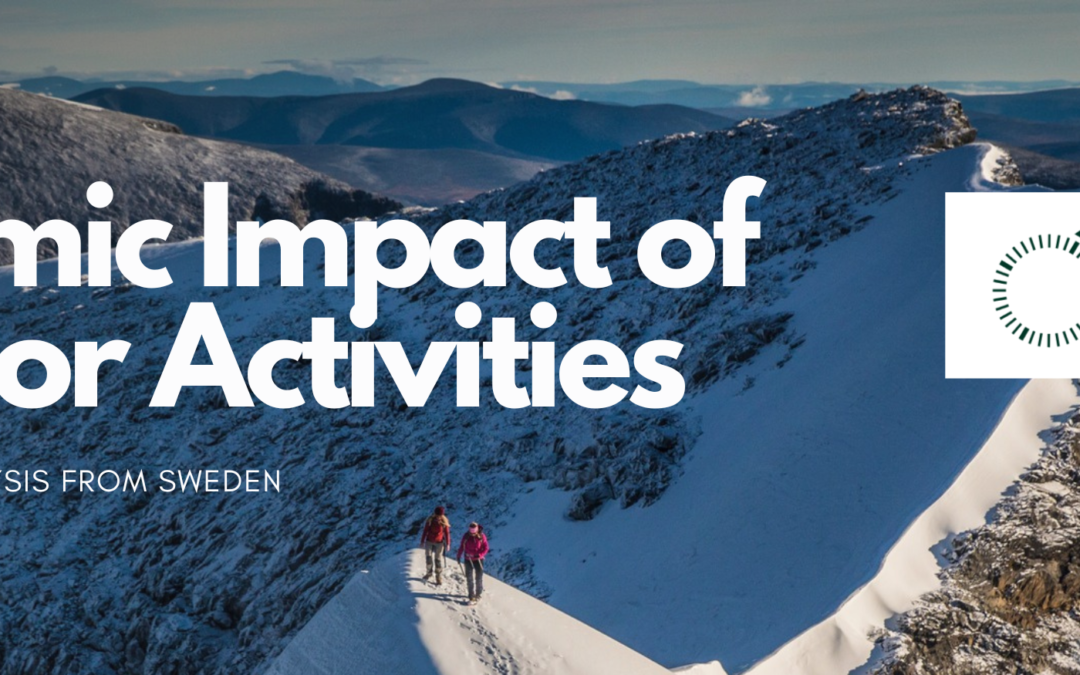A report recently released by Svenskt Friluftsliv, Sweden’s outdoor national association, is showing the sector’s economic impact, marking a significant shift since the last national study was conducted. This article introduces the key findings of this report, illustrating the growing importance of outdoor activities in the national and european economy.
A dramatic increase: + 60% compared to 2009
The direct economic value of outdoor activities in Sweden has increased by 60% since 2009 to 20 billion euros annually, even after adjusting for inflation. Interestingly, a vast majority of this spending occurs domestically, a likely result of pandemic-related travel restrictions.
Employment Boost
Outdoor activities are not just a pastime; they’re a significant job creator. The sector now accounts for about 167,000 jobs, more than double the figure from the 2009 study. This growth is indicative of the expanding role of outdoor activities in the Swedish economy.
Changing Spending Patterns
From May 2022 to April 2023, Swedes predominantly spent on everyday outdoor activities such as walking, picnicking, and swimming. The spending patterns interestingly mirror those from 2009, showcasing a consistency in outdoor preferences. On average, Swedes spent around 2000 euros on outdoor activities in this period, almost double the 2009 figure.
Regional Spending Trends
A significant portion of the spending remained within Sweden. This includes the spending abroad which constituted about 400 euros, a slight decrease from 2009, potentially due to the pandemic.
Expenditure Categories
Accommodation takes the largest share of outdoor activity expenses at 24%, followed by food and fuel at 15% each. Services related to outdoor activities, like guiding and entry fees, account for 4%, while repairs make up 6% of the expenses.
Demographic Insights
Men typically spend more on outdoor activities than women. Surprisingly, the youngest age groups, along with older individuals, show the lowest spending on outdoor activities. There’s no clear pattern relating outdoor spending to education levels. Higher-income individuals generally spend more on outdoor activities, but the pattern is mixed across different income groups. Households with children also tend to have higher outdoor activity expenses.
Impact on the Swedish Economy and Employment
The outdoor sector substantially contributes to the Swedish economy, with a value-added of nearly SEK 75 billion. The main contributing factors are spending on accommodation, food, and equipment (including repairs). In terms of employment, outdoor activities contribute approximately 167,300 jobs directly and indirectly, with the same spending categories having the most significant impact on job creation.
Conclusion
The findings of this report not only underscore the growing economic significance of outdoor activities in Sweden but also reflect the changing lifestyle preferences post-pandemic.
Source: “Report on the Economic Value of Outdoor Activities in Sweden” (friluftslivets-ekonomiska-varden_2023-11-02.pdf) available on https://svensktfriluftsliv.se/

